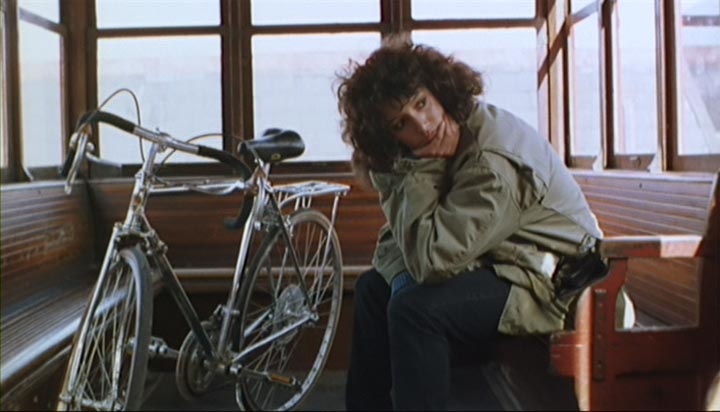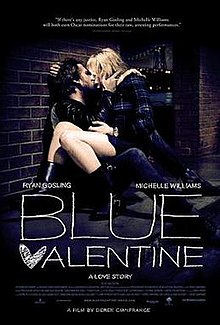Blog
New book!
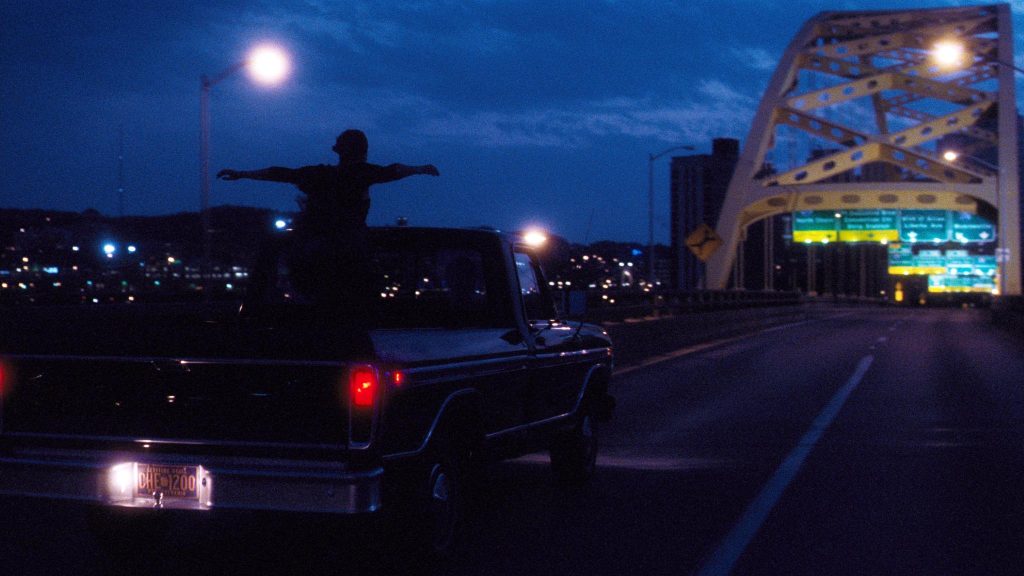
For the last few years, I’ve been working on a new book. It’s called Tinsel and Rust: How Hollywood Manufactures the Rust Belt. At its core, it is a book about two things I love dearly: the movies and the Rust Belt. In writing it, I’ve come to understand just how inextricably the two are linked. During the 1970s and 1980s, Hollywood helped to articulate and popularize the concept of the declining “industrial heartland” through films like The Deer Hunter (1978), Blue Collar (1978), and All the Right Moves (1983), among many others. More recently, Rust Belt cities have attempted to rehabilitate their public images via courting film production in efforts to produce new “post-industrial” narratives while also generating economic activity–Cleveland played host to The Avengers, Pittsburgh became Gotham in Batman, and Detroit saw a mini-boom in horror films like It Follows, Get Out, and Don’t Breathe.
Since the 2016 elections, Americans have taken particular interest in understanding the Rust Belt. National publications have dispatched reporters en masse to diners across the heartland, political campaigns have invested major resources in researching Rust Belt voters, and (inexplicably) J.D. Vance has become something of a public intellectual. And yet, while the postindustrial communities of Michigan, Wisconsin, Ohio, and Pennsylvania remain something of an enigma, they have seemingly only grown in political, cultural, and social significance. This book directly speaks to public fascination with the Rust Belt, and de-mystifies the origins of the imagery and narratives that we associate with these places.
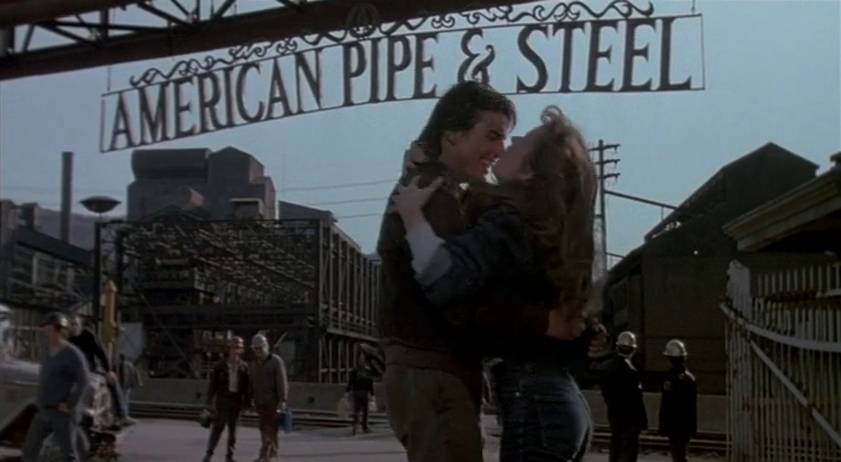
While I didn’t begin working on this project in earnest until 2016, in some ways I’ve been preparing to write this book for my entire life. I grew up in the deindustrialized Western Pennsylvania town of Ambridge (which inspired the name “Ampipe” in All the Right Moves), and did my graduate studies in Pittsburgh and Syracuse, towns that have spent decades struggling to pursue “renewal” in the ruins of industrial disinvestment. Meanwhile, my career as a scholar has been dedicated to the study of Hollywood film and popular culture in the final decades of the twentieth century, and I have special expertise in the history, culture, and politics of the 1980s. Both as an individual and a scholar, in other words, I’m deeply invested in thinking through the impact of the idea of the Rust Belt on contemporary America.
SCMS ’18 CFP: Postindustrial Cities in Popular Media
At a 1984 campaign stop, Walter Mondale claimed that the policies of Ronald Reagan were “turning our great industrial Midwest and the industrial base of this country into a rust bowl.” Mondale’s campaign failed, but his sense that the economic devastation surrounding the Great Lakes would be a source of massive political power has proven to be prescient.
Over the last 40 years, the “Rust Belt” has gained considerable cultural and political power in the United States. Not merely a descriptor for a geographical region, the “Rust Belt” became, and remains, a potent symbol of American decline and, perhaps, American renewal. Much of the social construction of the idea of the Rust Belt—both then and now–has occurred in popular media. Following the work of historians of the Rust Belt like Steven High, as well as geographers like Wilbur Zelinsky, Roger Downs and David Stea, this panel aims to investigate the emergence, evolution, and influence of the cultural concept of “the Rust Belt” through film, television, graphic novels, pop music, and other mediated forms.
Potential submissions may address issues including, but not limited to, the following:
· Representations of post-industrial regions outside the United States (The Ruhr Valley, The Golden Horseshoe, etc)
· Considerations of the ethics of “ruin porn” in documentary and photographic approaches to the Rust Belt
· Contemporary attempts by Rust Belt film offices to court film productions to generate economic activity and positive images of their cities
· The discourse of “authenticity” in popular music from the Rust Belt
· Media produced by and for labor unions
· Rust Belt cities as “stand ins” for other cities, real (New York) and fictional (Gotham)
· Post-apocalyptic and/or horror narratives set in the Rust Belt
· Stars and/or auteurs associated with Rust Belt cities (Bill Murray, Harvey Pekar, Jim Jarmusch, LeBron James, August Wilson)
· The importance of sports media to diasporic Rust Belt populations
· The impact of deindustrialization on relations of sexuality and gender in Rust Belt texts
· Media lionizing the “Rust Belt Recovery” and issues of gentrification in urban renewal
· Representations of specific cities (Buffalo, Chicago, Cleveland, etc) or industries (mining, steel, rubber, auto manufacturing) in popular media
If interested, please send an abstract (~350 words), a brief biography (~200 words) and a tentative bibliography (3-5 sources) to Michael D. Dwyer at dwyerm@arcadia.edu by August 7, 2017. Decisions by August 14.
It Takes the Village

The following are my remarks presented to the Society of Cinema and Media Studies Conference on the panel “Landscapes and Soundscapes of Film Noir” on Saturday March 9 2013. The annotation (((*))) marks a point at which you should advance the accompanying visual presentation, which can be viewed here: http://bit.ly/2013scms.
Text after the jump.…
The radical power of doing your own thing.
There are many, many things to love about being a member of the Department of Media and Communication, but one of my very favorite perks is the Department’s relationship with the Philadelphia Film Society and the Philadelphia Film Festival, which was held this year in October, and Arcadia students and faculty had the opportunity to see loads of great films there. I wasn’t able to catch as many films there as I’d wanted, but I did get to see some great ones: THE SESSIONS, STEP UP TO THE PLATE, the short THE PROCESSION, HOLY MOTORS and SILVER LININGS PLAYBOOK. But perhaps my favorite experience at the festival this year was seeing GAYBY, the lovely little comedy written and directed by Jonathan Lisecki.
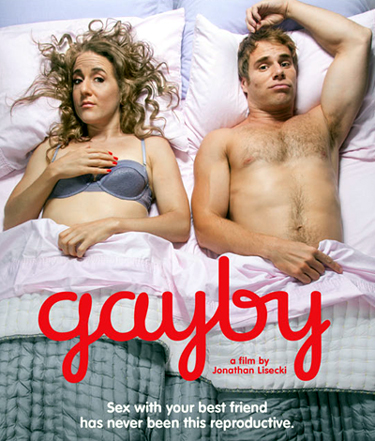
Part of what makes GAYBY so charming is how deceptively simple its premise is. Jenn wants to get pregnant, can’t afford fertility treatments or in vitro procedures, so she asks her college best friend Matt to impregnate her the old fashioned way. Matt is gay, hijinks ensue, you can fill in the blanks from there. Except you can’t, exactly–the film is able to avoid and often subvert those well-worn conventions from all of those television sitcoms that have toyed with the scenario since the mid 1990s. It’s not fine cinema, and it’s not trying to be. It’s just a clever and fun movie.
Blue Valentine: Some Feelings Not Suitable for Minors
If you have heard anything at all about Blue Valentine, you’ve likely heard about its controversial NC-17 rating. The film’s rating had film blogs abuzz when the rating was issued a few months ago, particularly after it was announced that the rating would be appealed by the film’s distributor, The Weinstein Company (UPDATE: the rating was eventually overturned). Indeed, when the film played on the first full night of the 2010 Philadelphia Film Festival, the question of whether the rating was or was not deserved dominated discussions before and after the film’s screening.
This is a shame, because Blue Valentine deserves discussion on its own merits. The film, which juxtaposes the first exhilarating days of a relationship with the excruciating death throes of a marriage a handful of years later, benefits from tremendous performances from Ryan Gosling and Michelle Williams,who have established themselves as actors with talent and discretion. The film’s creative team shows remarkable command and control, technically (in its use of non-linear editing and handheld camera) as well as narratively (never providing its audience an “easy out”). Beyond its formal qualities, the production history of Blue Valentine provides an interesting model for independent film production in the contemporary film industry: the script won a grant competition financed by the Chrysler Corporation in 2007 before debuting in competition at Sundance in 2010. Of all the films I saw at the Philadelphia Film Festival, or all the quality films I’ve seen this year, this is, without question, the best, and most interesting.
With that said, the reality is that the controversy over the film’s rating has completely taken over the film’s buzz (and provided The Weinstein Co with some free publicity in the process.) The usual complaints against the MPAA’s arcane and opaque ratings processes have circulated, noting that Blue Valentine‘s sex scenes pale in comparison to representations of sex and violence that frequently grace screens in mall multiplexes. Matthew Thrift’s take is representative of these discussions:
It’s an honest (albeit hardly graphic) representation that garnered the film an NC-17 certificate in the US by the MPAA, it would seem that they’ve no problem with us seeing ever increasing instances of extreme screen violence but two consenting adults having sex in anything more than candle-lit timidity has them fearing for our safety as a society.
As Thrift rightly points out, the sex in Blue Valentine is hardly explicit. It features no “full frontal nudity,” as the saying goes – Gosling’s rear end is shown once, and Williams breasts are exposed only fleetingly. Considered against R-rated sex comedies or thrillers, the film appears quite tame. It seems to me, however, that it is not what we see in Blue Valentine’s traumatic sex scenes that the MPAA has deemed unsuitable for minors. Rather, it is what we feel, and particularly the feelings the film prompts about sex, that the MPAA has cast as inappropriate for viewers under the age of seventeen.
It is really only the film’s final “sex scene” that deviates from standard Hollywood practice. Dean and Cindy, in an effort to escape the pain of their marriage’s inevitable collapse, spend the night in a tacky hotel. Dean wants to have sex with Cindy, but Cindy doesn’t want to have sex with him. Very quickly, it becomes clear that this situation will end badly–Cindy acquiesces not because she’s threatened by Dean in any direct way, but rather as a coping mechanism (there are moments in the film that suggest that Cindy’s father abused her during childhood, which would account for her emotional detachment in this scene). Dean, for his part, can tell she has shut down emotionally and stops–embarrassed and hurt that she has effectively offered her body, but nothing more. The ensuing argument between the two is incredibly sad, but it is also grounded in the best intentions of two characters trying to keep some semblance of “family” in their lives. It is beyond dispute that Dean and Cindy did, in fact, love each other at one point, and even by the end there still is love in their relationship. Blue Valentine is the story of star-crossed lovers in which the stars win and the lovers lose. In other words, the film punctures a notion of romantic love that can overcome all odds, and instead shows a world in which things like “classed notions of success” and “gendered codes of behavior” have soul-crushingly real effects…and affects.
What interests me about Blue Valentine‘s rating controversy is not pointing out the obvious inanity/insanity of Hollywood’s rating system, but thinking through what Blue Valentine‘s rating might tell us about the relationship between adolescence, sexuality and affect in contemporary American culture. It is, after all, only young people who are explicitly barred from seeing the film with an NC-17 rating, and it is in the name of protecting young people that most commercial cinemas will not screen NC-17 films. Young people, who maintain a privileged position in our commercial media landscape, are at the center of nearly all representations of love and sex in commercial media. So what does it mean for American society to “protect” young people from the feelings regarding love and sex that Blue Valentine evokes?
It seems revealing that on September 24, a little more than three weeks before the MPAA handed Blue Valentine its NC-17 rating, Columbia’s The Virginity Hit got a wide release in mall multiplexes nationwide. Taking its cues from Superbad, American Pie, Porky’s and numerous other entrants in the get-laid-or-die-tryin’ formula sweepstakes, the film tells the charming story of real nice guy Matt (Matt Bennett) his fat lunkhead friend (Zack Pearlman), and their conspiracy to secretly videotape Matt’s first sexual experience with his high-school sweetheart Nicole (Nicole Weaver).
After he suspects that Nicole has betrayed him by sleeping with a college guy, Matt is heartbroken. In retaliation, he and Zack plan to distribute the video virally in order to “punish” Nicole’s betrayal. When that plan fails, Matt tries to have sex with Zack’s little sister, a graduate student doing sociological research on adolescent sexual behavior (uhh…what?), and finally, a prostitute. These efforts, of course, all fail until Matt learns something or other about what’s really important, clearing the moral terrain for him to have sex with Nicole. What a happy ending! For the totally sweet bros of The Virginity Hit, sex is not their manifest destiny as red-blooded American boys. It is also currency in their social system, a service to be purchased and rendered, and a product for them to produce, package, and distribute for their own personal gain–a notion, it must be said, that is not the invention of The Virginity Hit but rather the standard script for most representations of sex in popular culture, from Axe Body Spray advertisements to Sex and the City.
I’d argue that this episode illustrates that American attempts to shield young people from the kinds of emotional and psychological discomfort represented in Blue Valentine results in a society in which love and sex can only be viewed as a product to be not only consumed, but also packaged and distributed in exchange for capital (cultural or otherwise.) It is hardly a groundbreaking claim to argue that Hollywood commodifies sex–what I find interesting in this case is the explicit banning of “worthless” sex, of sex that provides neither pleasure nor power. The consequences for a society in which representations of sex that prompt uncomfortable feelings–despair, regret, guilt, or rejection– are considered inappropriate for minors, but representations of sex that unproblematically present it as a commodity–manufactured, distributed, consumed and valued through market processes–are the standard are both real and dramatic. Three days before The Virginity Hit premiered, a first year student at Rutgers University secretly recorded his roommate engaged in sexual behaviors and broadcast them to his peers. Of course, the ensuing tragedy cannot in any way be put in a causal relationship with any film, narrative, or ratings board decision. However, we can consider how media representations of love and sex that elide the possibility for pain, grief, or loss structure our understanding of human sexuality, and limit our capacity to feel at all.
